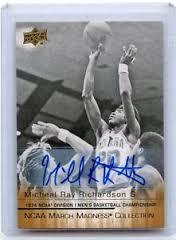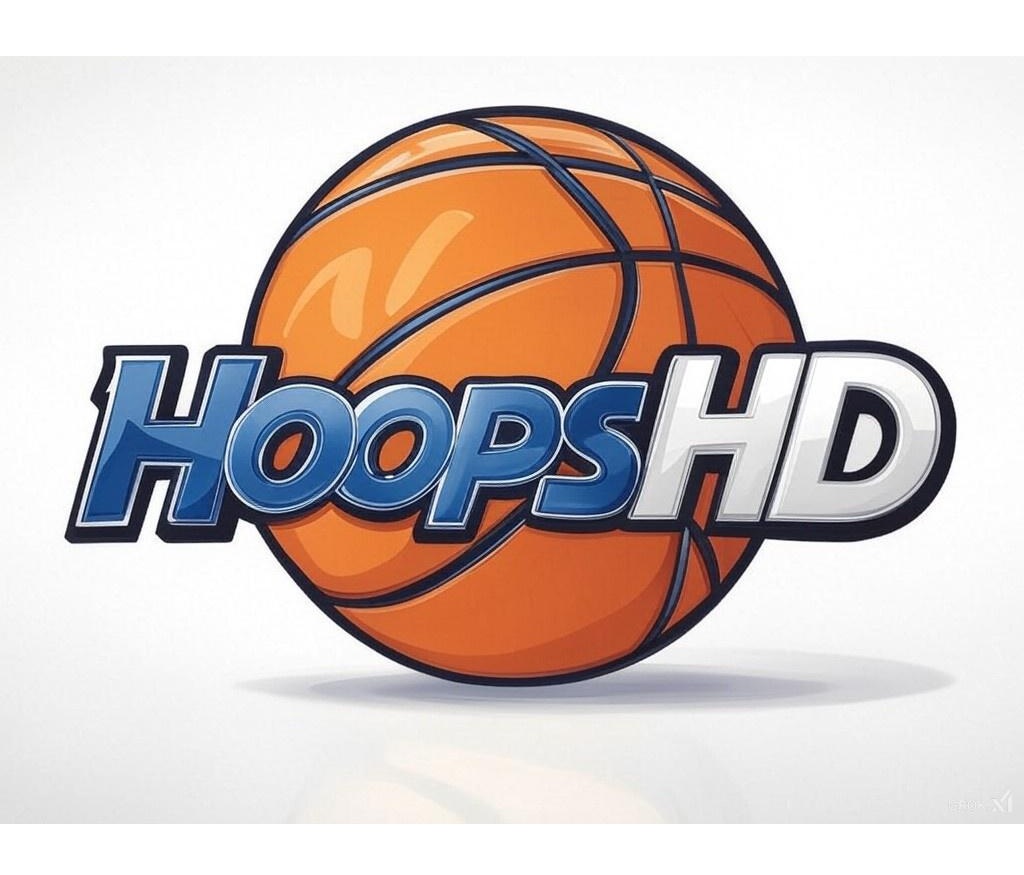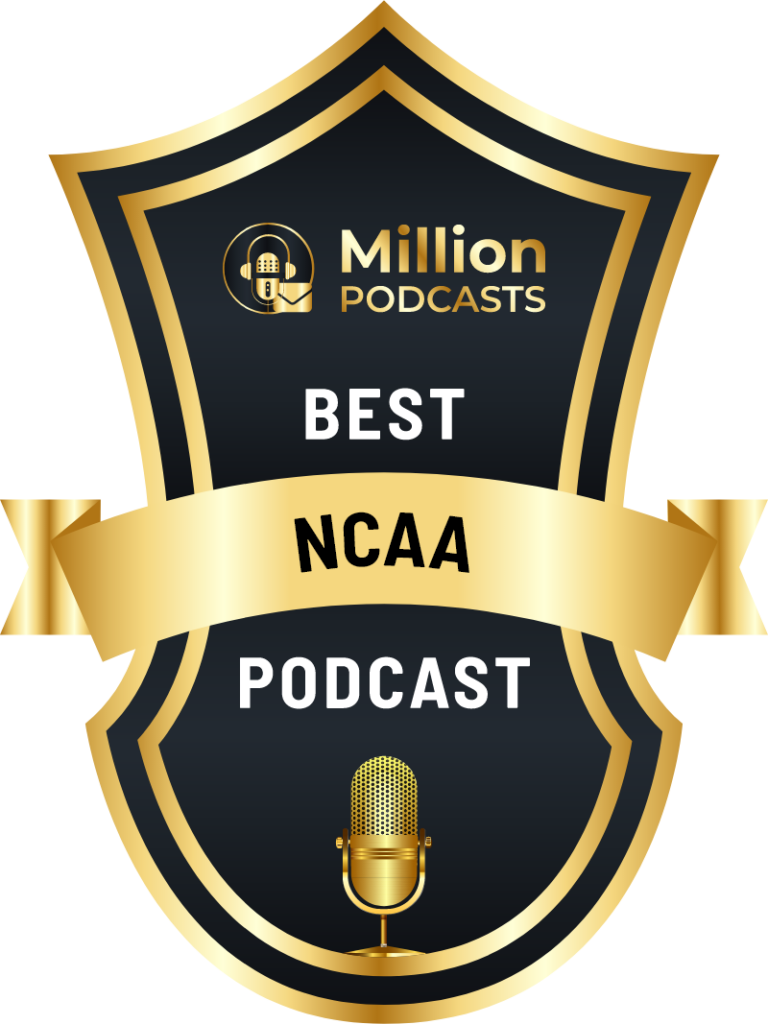1 of the most famous basketball games to ever take place on Christmas Day was back in 1984 at Madison Square Garden. The Knicks lost to the Nets by 6 PTS despite a legendary 60-PT performance by Bernard King, but New Jersey was led by 35 PTS (16-17 FT) from PG Micheal Ray Richardson. Richardson began his college career with a 3-PT loss to eventual champion UCLA in the 1975 NCAA tourney, the final season of Coach John Wooden’s unparalleled career. 3 years later he finished his college career by getting picked 4th overall by the Knicks in the 1978 NBA draft, and in 1980 he became the 3rd player in NBA history to lead the league in both APG/SPG. His NBA career ended in 1986 but he kept playing professionally in many different countries before retiring in 2002. He then became a super-successful coach, winning a pair of CBA titles and a pair of Canada NBL Coach of the Year awards in a 6-year stretch from 2008-2013. HoopsHD’s Jon Teitel got to chat with Micheal Ray about having the game of his life on Christmas Day.
What are your memories of the 1975 NCAA tourney as a player at Montana (you scored 2 PTS in a 67-64 loss to eventual champion UCLA)? We held the basketball for a long time so it was 1 of the lowest-scoring games ever. There was no shot clock at the time so Coach Jud Heathcote said the only shot we could take was a layup. My teammate Eric Hays scored 32 PTS and had the game of his life.
In the summer of 1978 you were drafted 4th overall by the Knicks (2 spots ahead of Larry Bird): did you see that as a validation of your college career, or the realization of a lifelong dream of reaching the NBA, or other? It was like a dream come true after coming from a real small university. It showed that all of my hard work had paid off.
In your 2nd year you became the 3rd NBA player to ever lead the league in both APG (10.1) and SPG (3.2) in the same season: how were you able to balance your passing with your defense? I just played hard on both ends of the court. I knew that in order to be successful I would have to play defense and pass the ball.
In March of 1981 you had 27 PTS/15 REB/19 AST in a win over Cleveland: where does that rank among the best all-around games of your career? I think it is in the top 3 or 4 for sure. I think my best game ever was in 1984 when I scored 35 PTS on Christmas Day in a 6-PT win over the Knicks (Bernard King scored 60 in defeat).
In 1980 & 1981 you were named to the All-Defensive team: what is your secret to being a great defender? It just takes hard work rather than skill: you have to want to do it.
Take me through the 1984 playoffs:
You had 24 PTS/6 STL in an upset of the defending champion 76ers on the road in the decisive Game 5 (the Nets’ 1st playoff series win): is home-court advantage overrated based on the fact that the visiting team won each game of that series? In the playoffs anyone can win: it just puts more pressure on the home team to win. If you are the road team then you have nothing to lose and can let it all hang out.
You had 11 PTS/9 AST in a 1-PT loss at home to Milwaukee in the decisive Game 6: where does that rank among the most devastating losses of your career? It is probably #2 after my disqualification from the league.
You finished the 1984 season by being named NBA Comeback POY: what did it mean to you to win such an outstanding honor? It was unbelievable after all the bumps that I had along the way.
You played on the 1985 Eastern Conference All-Star team that had an 11-PT loss to the West: how on earth did you lose with a starting lineup of Moses Malone/Larry Bird/Isiah Thomas/Julius Erving/Michael Jordan, and did the rest of them really freeze out Jordan? We did not freeze out Jordan: the West team just played well that night.
On October 30, 1985 you had 38 PTS/11 REB/11 AST/9 STL in a 9-PT 3-OT win over Indiana (just missing out on becoming the 2nd NBA player to ever have a quadruple-double): did you realize at the time how close you were to making history? I did not. If I knew I was that close they should have just gave it to me!
In February of 1986 you became the 1st active player banned for life by commissioner David Stern due to your 3rd violation of the league’s drug policy (which you later said saved your life): what was your reaction when you learned about the ban, and did you think there was a double standard based on race (since Chris Mullin was never disciplined for his documented alcohol problems)? I was actually banned by my own actions: the commissioner just had to do what he had to do. I was young at the time but I look back now and think that it could have been a lot worse (like Len Bias). It was a blessing because it woke me up. I was reinstated and had a chance to join the 76ers but chose not to and decided to stay in Italy. I cannot speak about what Mullin was doing, but I did wrong and I paid for it.
In Game 7 of the 1988 CBA Finals as a player for the Albany Patroons you scored 10 PTS in a 9-PT win over Wyoming to clinch the title: what did it mean to you to win the title? Anytime you can win a title on any level it is a great accomplishment. We had a great team with Scott Brooks/Sidney Lowe/Coach Bill Musselman.
You ended up playing 14 years in Europe: what did you learn from the experience, and how did it compare to the NBA? They play some good basketball over there and it was a great life experience. I met a lot of great people and had a great time.
Your career 7 APG remains in the top-25 all-time: what is the key to being a great PG? You just have to be a leader. When you have the ball in your hands you can shoot at anytime, but you have to keep all of your teammates happy. I enjoyed passing the ball.
Your career 2.6 SPG remains 2nd-most all-time (trailing only Alvin Robertson): do you consider yourself to be 1 of the best defenders in NBA history? I was a great defender and took pride it in it. I took the challenge every day of trying to guard the best guy on the opposing team.
You have won several titles as a coach over the past decade both in the US and Canada: what makes you such a good coach, and what do you hope to do in the future? You have to have good players to be a good coach. It is not about Xs and Os: you have to get your guys to believe in what you are doing and respect you. I am hoping to get back to the NBA someday: we shall see.




Throwback Thursday – The Bluegrass Rivalry
Click here for Chad Sherwood and David Griggs’ latest Under The Radar Podcast
11 NCAA Championships. This is the combined amount of titles won between the University of Kentucky Wildcats and the University of Louisville Cardinals.
When you think of Kentucky, you think of the flagship state university. 8 NCAA titles, 2 NIT titles, 17 Final Fours, 2,000+ victories and counting, a death penalty (and a near-repeat in the late 1980s), Adolph Rupp, Joe B. Hall, Rick Pitino, Tubby Smith and John Calipari. The shadow and mystique of Rupp was so big that even an up-and-coming coaching legend like Paul “Bear” Bryant could not escape it; he would go on to lead Texas A&M and Alabama to prominence.
When you think of Louisville, you look at the state’s largest city and urban area. The Cardinals not only have 3 NCAA titles under their name, they also have 10 Final Fours, an NIT title and also an NAIA title to their name. Denny Crum, Darrell Griffith, Pervis Ellison, and Rick Pitino.
There are 3 periods that divide the series – the first era took place between 1913 and 1922. Kentucky would win 7 out of the first 9 matchups. Of course, this was also an era in which scoring 38 points (UK won 38-14 in 1922) represented an offensive explosion.
The 2nd period lasted between 1922 and 1983. Only 3 meetings would take place, all of which would take place in a tournament setting. The first meeting actually took place in New York – Kentucky won their first NCAA Championship in 1948 with wins over Michigan, Holy Cross and Baylor; Louisville won the NAIA title that year with wins over South Dakota State, Emporia State (KS), Beloit (WI), Xavier (OH) and Indiana State. Not surprisingly, Kentucky would trounce Louisville 91-57 in this battle of national title winners. The only other meetings took place in the NCAA Tournament – Kentucky would win 79-68 in the first round of the NCAA Tournament in 1951; Louisville would win 76-61 in the Round of 16 in 1959. Another thing in common between those 3 games – neither one took place in the Commonwealth of Kentucky. The 1951 game was played at NC State’s campus; the 1959 contest took place at Northwestern’s campus.
Perhaps the most memorable game between the two teams took place in 1983 (click here for the pregame and game coverage). Like the last 3 games player between UK and UofL, this game was also played outside the commonwealth on Tennessee’s campus. Even this game almost didn’t happen; it took a buzzer-beater by Louisville to knock off Arkansas (who, ironically, was coached by future UK head coach Eddie Sutton). Kentucky secured their spot with an upset win over interstate rival Indiana. CBS also did a nice pregame piece showing Kentucky’s aversion to playing Louisville in almost a quarter-century, but the national audience was treated to an overtime thriller that saw Louisville defeat Kentucky 80-68 to clinch a Final Four appearance for the 2nd straight year. Even a loss to Houston a week later could not dampen the spirits of Louisville fans.
But thanks to this game and some “encouragement” from then-governor John Brown and the Kentucky legislature, Kentucky-Louisville finally became a fixture game in the regular season. It has traditionally been played on the first weekend after Christmas, but this has not always been the case. The 1983-84 season actually had a double feature; Kentucky would win the regular-season meeting in Lexington and also in the NCAA Sweet 16 at Rupp Arena as well (you can click here for the 1st half of that game and here for the 2nd half of the game). Kentucky would go on to the Final 4 that season, but it would be 12 years before they would make it that far in the tournament.
Since the series resumed, they have met twice in the NCAA Tournament; Kentucky would defeat Louisville 69-61 in the 2012 Final Four in New Orleans en route to their 8th national title. Louisville would win the national title the next season, but 2014 saw Kentucky “avenge” Louisville’s title with a 74-69 victory in the 2014 Sweet 16 in Indianapolis. Overall, Kentucky leads the series 33-15. Louisville has never won as many as 3 in a row; Kentucky’s longest winning streak in the series is 5 games.
One common thread in the series is Rick Pitino. Pitino would help rescue Kentucky from NCAA sanctions levied against Kentucky in the 1980s; he would go on to 3 Final 4 appearances with Kentucky along with the national championship in 1996. He would have a 6-2 record against Louisville in his Kentucky tenure. After a brief attempt at coaching in the NBA with the Boston Celtics, he surprised everyone in basketball circles when he replaced Denny Crum as the head coach at Louisville. In his first 8 seasons at Louisville, Pitino compiled a 4-4 record against his old employer. Once John Calipari became head coach at Kentucky, the Wildcats have dominated the series by winning 7 out of their last 8 matchups, including the 2 aforementioned wins in the NCAA Tournament.
Finally, you can also click here to read Jon Teitel’s interview with Rory Owen Delaney (who filmed the documentary The Rivalry: Red v. Blue)